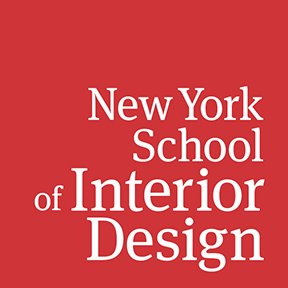Adrienne Concra
Adrienne Concra is the president of Adrienne Concra Design, a consultancy that develops textile collections and products for Carleton V, Victoria Hagan Home, M & J Décor, Jane Shelton, Parry Murray, Valdese Weavers, Nordstrom Home, Crate and Barrel, Martha Stewart, Cowtan & Tout, and many other companies. In her decades in textile design, she has worked at every job in the business, from a stylist at a textile mill to a vice president of design at a top textile supplier. As an instructor at NYSID, she teaches the Textiles for Interiors to both graduate and undergraduates students.
What do you do as a design consultant for textile wholesalers and retailers?
It depends on the client’s needs. In some cases, you are establishing the whole design and color direction for a collection, so you must understand and project the company’s brand through the look and feel of the entire collection. You develop concepts and source fabrics from mills in Italy, India or other countries. In other cases, you are designing a product from the ground-up, considering the design, fabric construction, fiber content, and end use.
What do students learn in your Textiles for Interiors class?
The structure of the class is really special. I teach part one of the class, which focuses on the science of textiles: fiber, yarn, weaving and more. Then, different experts from the field come in to lecture, each offering a different wedge of the pie. Catherine Croner from Cowtan & Tout talks about printed textiles. Lisa Wilkes from Kravet talks about trimmings. Jodi Xuerub does the upholstery lecture and actually cuts a chair in half to show the different layers of fine furniture. Students get practical information from people in the field about how textiles perform and what is going to satisfy a customer and be appropriate for a particular project.
What do you love about teaching?
I love teaching the hands-on, practical realities of textiles. My students learn that wool fiber has what’s known as “crimp” so they have a visual understanding of what gives wool fabrics and carpeting resilience. I want my students to understand why they respond to a fabric. Other than the design, what role does the fiber or the finish play in their decision? They need to have a tactile and scientific knowledge of these details in order to make wise textile choices for their clients. Textiles are part of life from the time you are born. It’s an enriching and ancient art form.
What is new and trendy in textiles now?
What I see is a general trend toward designs with soft edges. Dip-dyed items for the home are in style. In fact, my daughter and I were just dip-dying tights this weekend, going for those subtle, faded graduations of color that are so trendy right now. I am working on a large scale design inspired by shibori, a Japanese form of tie dye. “Ikat” has been big for quite some time, but the designs are moving from ethnic forms to more traditional shapes, such as damask or floral designs abstracted with a watercolor effect. We use digital printing to capture the complexities of these designs techniques. The trends change constantly, but when you are immersed in textiles you start to recognize the next big thing before it hits.
